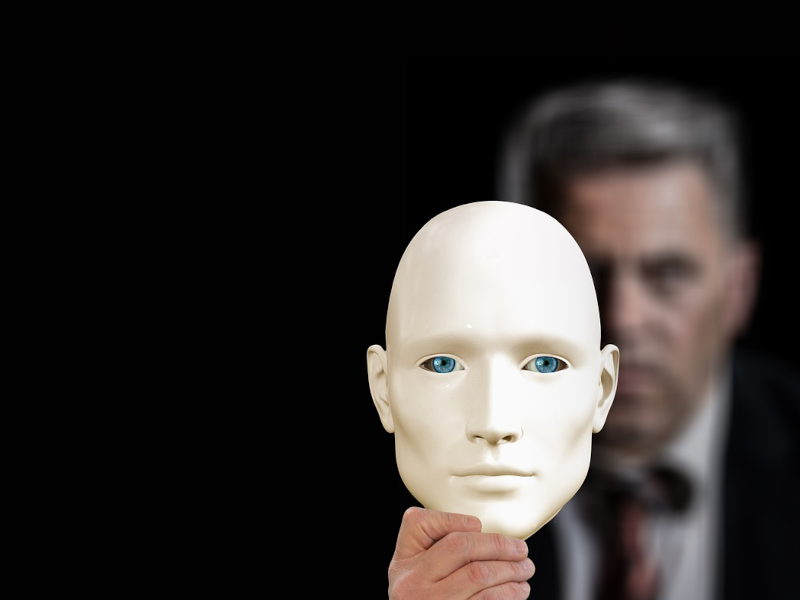Attention is valuable to a business and is critical to a business’s growth and success. But what is attention, and why is it important for entrepreneurs to grasp the knowledge of consumer attention? Entrepreneurs can reap many benefits from comprehending the knowledge of the neuroscience of attention even though several other factors are at play. Attention is critical in designing, branding, and advertising a product.
Anchoring as a heuristic in experiencing customer’s environment
Today there are several never-ending streaming of information, making it impossible for the brain to pay attention to all of it. The brain thus uses shortcuts to pay attention to the sheer volume of information. The most popular shortcut the brain utilizes is anchoring. Anchors help the brain to focus on what is significant and diverge from what is not. Anchors are omnipresent, from the sound we hear to the images we see.
The anchoring shortcut used by the brain is primarily based on contrasts. The brain is likely biased in paying greater attention to high-contrast images and objects at a superficial visual level. Take an example of the road sign. The colors often used is a yellow background and black text. The black text contrast with the yellow background while the yellow background contrasts with the surrounding. The result is the visible text for drivers to notice easily.
Contours and lines also create high contrast. The brain has distinct nerves that prioritize high-contrast- data. Studies carried out on toddlers of several days old discovered that they had a high hindsight bias for high-contrast stimuli. Also, a study on adults pointed out that it is 85% likely for adults to be attracted to high-contrast areas.
What is endogenous attention?
As scientists fancy, paying attention is driven by internal and external factors or endogenous and exogenous, respectively. Endogenous is best described as ticking your shopping list while in the grocery store. You are guided by the goal of ensuring you have ticked all the boxes on the shopping list; you are directed internally (as the word ‘endo’ suggests meaning “coming from within”).
What is exogenous attention?
And exogenous attention?
However, strolling in the mall with no goal, just killing time and being aroused by something, is exogenous attention. You are generally guided by something eye-catching. Exogenous attention is an automatic, transient, stimulus-driven, and passive process. Exogenous attention is often grabbed by the highly salient cues in the consumers’ context or environment.
Saliency and High Contrasting should be parameters for marketers to consider
Saliency and high contrast are two variable tools that business people should employ in their marketing procedures. Marketers capitalize on the anchors in the environment to influence exogenous attention. A good example is the company’s website which is designed in vibrant colors to catch the attention of prospective consumers easily. the secret to winning exogenous attention is keeping a close survey on consumers’ changes and contrast to their taste and preference. The brain is dependent on its anchors to perceive contrast.
Key takeaway
Consumers are often unaware of the anchors and how they affect their behavior. The crucial aspect is that the brain constantly looks for a place to anchor, and marketers should maximize this in developing their strategies.

